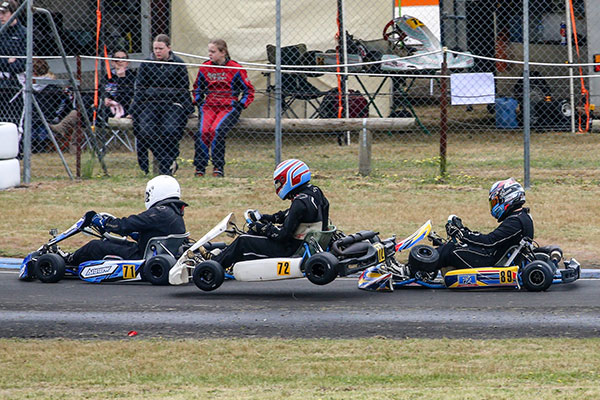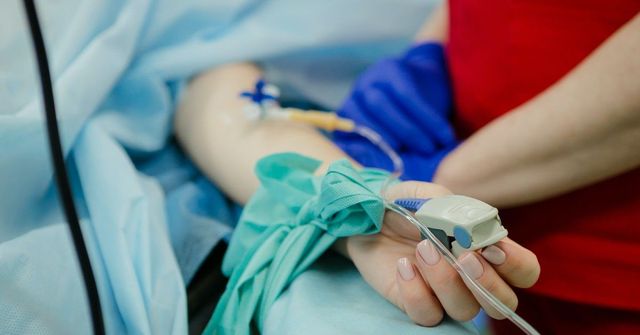Welcome to our comprehensive guide on how to drive a go kart. Whether you’re a novice seeking to understand the intricacies of go kart controls or an experienced driver looking to enhance your racing skills indoor go kart malaysia, this article is designed to provide you with the technical knowledge and detailed instructions you need.
From mastering acceleration and braking techniques to perfecting cornering and racing lines, we will also explore advanced strategies like drifting and overtaking.
Get ready to experience the exhilaration of go kart driving with confidence and skill.

Understanding the Go Kart Controls
One important aspect of operating a go kart is gaining a thorough understanding of the various controls that are utilized to maneuver the vehicle.
Steering techniques play a crucial role in controlling the direction of the go kart. The steering wheel, located in front of the driver freeway ekart, allows for precise turning by rotating it left or right. It is important to maintain a firm grip on the steering wheel to maintain control at all times.
Additionally, weight distribution is essential for optimal performance. Shifting your body weight towards the inside of a turn helps to improve traction and stability. This technique, known as ‘weight transfer,’ allows for smoother and more controlled turns.
Mastering Acceleration and Braking Techniques
To become proficient in operating a go kart, it is crucial to gain mastery over the techniques of accelerating and braking effectively.
When it comes to accelerating, it is important to smoothly apply pressure to the accelerator pedal, gradually increasing speed to avoid any sudden jerks or loss of control. It is also essential to maintain a steady speed while going around corners to prevent skidding or spinning out.
On the other hand, when it comes to braking, it is important to apply pressure to the brake pedal gradually and evenly, allowing the kart to slow down smoothly. Avoid slamming on the brakes, as this can cause the kart to skid or spin out.
Practice these accelerating and braking techniques to improve your control and performance on the track.
Perfecting Cornering and Racing Lines
When it comes to perfecting cornering and racing lines, it is crucial to maintain a smooth and precise trajectory, carefully selecting the optimal line to ensure maximum speed and efficiency on the track.
Cornering is a fundamental skill in go kart racing, and mastering it can significantly improve lap times. One key technique is the late apex, where the driver enters the corner on the outside, gradually turns in towards the inside, and then exits wide. This allows for a larger radius, minimizing the need for heavy braking and reducing the risk of understeering or oversteering.
Another technique is trail braking, where the driver maintains some braking pressure into the corner, transferring weight to the front tires and improving grip.

Safety Tips for Go Kart Driving
Safety is of utmost importance in the sport of go kart racing, and drivers should prioritize wearing proper safety gear such as helmets, gloves, and racing suits to protect themselves from potential injuries.
In addition to safety gear, regular go kart maintenance is crucial to ensure a safe and enjoyable racing experience. Regularly inspecting the kart’s tires, brakes, steering, and engine can help identify any potential issues that may compromise safety on the track.
Furthermore, it is essential to check the fuel and oil levels before each race and to follow the manufacturer’s recommended maintenance schedule for optimal performance and safety.
Advanced Techniques: Drifting and Overtaking Strategies
Advanced go kart drivers can enhance their racing skills by mastering drifting techniques and developing strategic overtaking strategies to gain a competitive edge on the track.
Drifting is a technique where the driver intentionally oversteers, causing the rear wheels to lose traction and slide sideways. This allows the driver to maintain control while navigating corners at high speeds. To execute a drift, the driver must quickly turn the steering wheel and apply the accelerator while controlling the throttle and brake inputs.
Overtaking maneuvers, on the other hand, involve carefully planning and executing passes on other drivers. This can be achieved by studying the opponent’s driving patterns, identifying their weaknesses, and strategically positioning the go kart to exploit those weaknesses. Advanced drivers must also have a keen sense of timing and be able to execute precise and calculated overtakes to maximize their chances of success on the track.
Conclusion
To conclude, driving a go kart requires understanding the controls, mastering acceleration and braking techniques, and perfecting cornering and racing lines.
It is essential to prioritize safety while driving and follow the recommended safety tips.
For those looking for a more advanced experience, learning drifting and overtaking strategies can enhance the excitement of go kart driving.
With these techniques and precautions in mind, anyone can enjoy the thrilling and technical sport of go karting.
…

